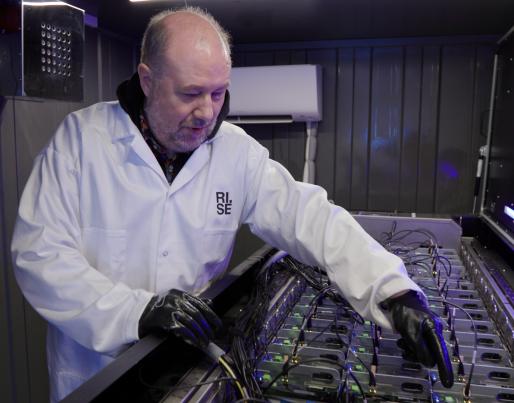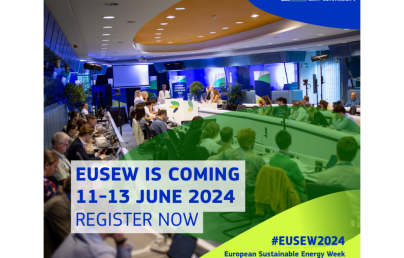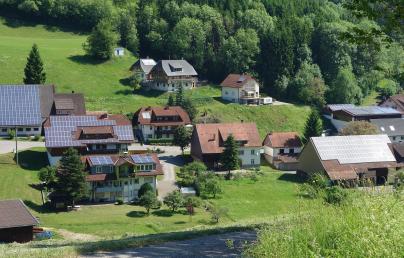New video on waste heat recovery from renewable data centre for district heating - WEDISTRICT

New video on waste heat recovery from renewable data centre for district heating - WEDISTRICT
The video “The Luleå demosite - Fuel cell powered data centre with waste heat recovery” has been be officially released on 15th August 2023 on the WEDISTRICT playlist of the YouTube ESCI channel.
The Horizon 2020 European funded WEDISTRICT project, which started in October 2019 with a budget of almost 18 million EUR, wants to test and develop solutions for implementing renewable energy systems in district heating and cooling around Europe, bringing together several partners from European 9 countries. The project has demonstration sites in different European climates: Romania, Spain and Sweden. To figure out how renewable energy sources can be used in data centres and how to recover their waste heat was the goal of the project WEDISTRICT at Luleå, Sweden.
The northern Swedish city of Luleå has a subarctic climate, making it attractive for companies such as Facebook, who placed their first large data centre outside the US here in order to cool their database servers with outside air. This reduced the energy required for cooling but impacts local waste heat usage instead of greenhouse gas emissions.
The WEDISTRICT researchers at the Infrastructure and Cloud Research & Test Environment of the Research Institutes of Sweden (RISE ICE Datacentre) in Luleå had a different approach. In the new WEDISTRICT demosite video, Jon Summers and Jonas Gustafsson from the RISE ICE Datacenter, explain the different components, the necessary modification of their setup at the demonstration site in Luleå, Sweden and potential challenges and opportunities.
“The objective of this demo site is to demonstrate the use of data centres in combination with fuel cells to achieve heat recovery from data centre and fuel cells directly into district heating systems without the use of heat pumps” says Jonas Gustafsson, Research Program Manager at RISE.
With a zero-emission fuel like green hydrogen, they wanted to power a small data centre via fuel cells. At the same time, they wanted to use its waste heat for district heating via a liquid cooling technology. Due to the lack of availability of green hydrogen and a respective solid oxide fuel cell, they had to use local biogas instead.
“The high temperature solid oxide cells have to run on a form of methane. We are using locally produced biogas. It still has a carbon intensity, but a lower carbon intensity than if we would just allowing the organic waste to just decompose into the environment. So, it is a way of capturing that” says Jon Summers, Research Leader at RISE.
This WEDISTRICT demo site aimed to recover the excess heat from the data centres by liquid cooling technology. This technology uses a dielectric liquid where the commercial servers can be completely immersed and transfer their waste heat to the liquid. Via heat exchangers this heat could then be further utilized to preheat the fuel cell container. The fuel cells were used to boost the system to temperatures suitable for supplying the Luleå’s district heating.
For more information on the Luleå demo site, check out our website. Read more about the technology in this article that was published in the July edition of Heat Exchanger World.
The YouTube video and/or higher resolution footage and b-roll material is available upon request from Lea (email: lhs@esci.eu).


